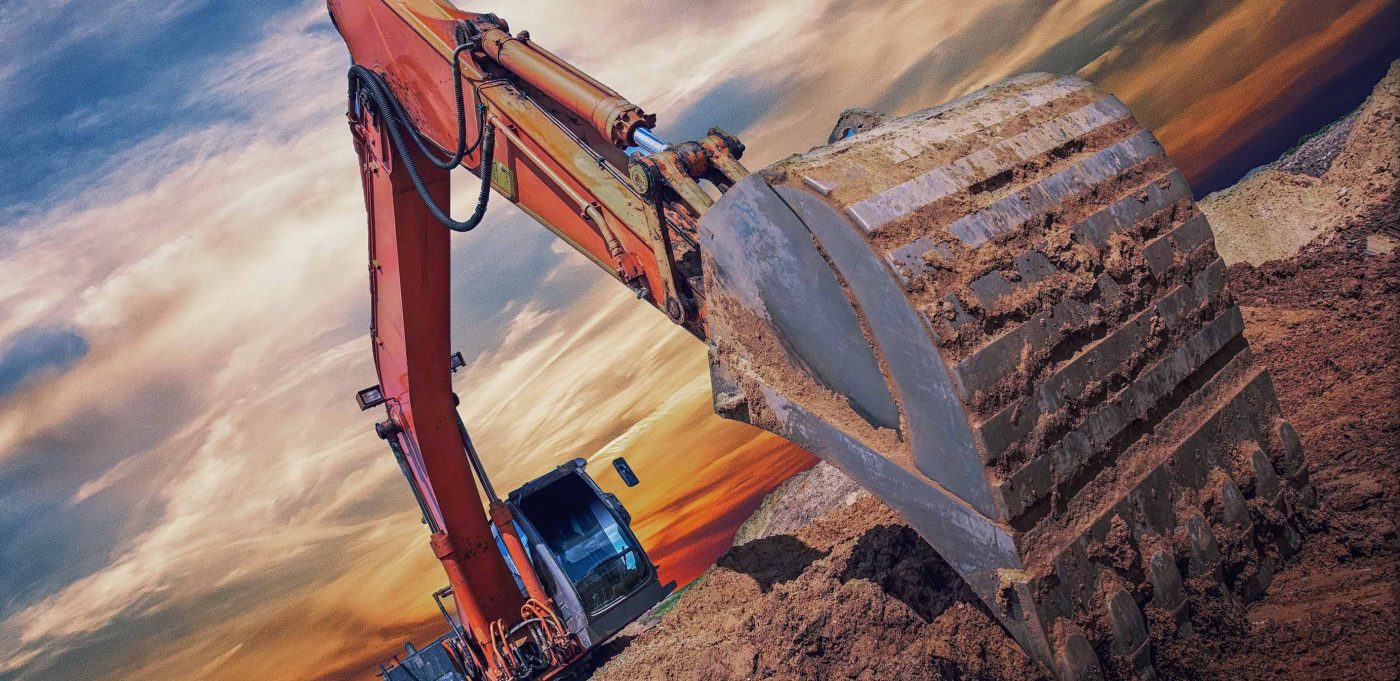The iron ore mining industry in Goa may have something to cheer for when the new season commences in October this year, as the Supreme Court is considering increasing the annual production cap for the State, which is currently fixed at 20 million tons.
With south-west monsoon season hitting the coast of Goa, the four-month long temporary ban on iron ore mining activities have come into force. The just concluded season, October 2016- May 2017, had been relatively sound for the industry, though; the end was marred with controversies with mining firms finding themselves at the back foot over the pollution issue, followed by Special Investigating Team (SIT) speeding up their investigation into the illegal mining scam- pegged at Rs 35,000 crore.
After initial lull, the ore production in the mineral rich State took pace and touched the ceiling of 20 million tons during the financial year ending March (2016-17). However, it failed to achieve eight million tons target for the month of May, as set by the Directorate of Mines and Geology, especially due to suspension of mining activities at 12 mines in Sonshi.
“The official mining season, which had commenced in October, last year, has come to an end. No activities related to mining including extraction and transportation will be permitted during the monsoon season from June 1 to September 30”, Director at Directorate of Mines and Geology (DMG) Prasanna Acharya told TNV. “The season had been good, a total of 41 mining leases were operational during the season. In the new season, we expect the iron ore activities to resume in full swing,” Acharya added.
For the concluding season- October 2016 to May 2017, around 25 million tons of fresh ore was produced, which include annual production cap of 20 million tons for the financial year ending March. The State earned revenue of Rs 400 crores in the form of royalty.
For the season, total 41 mining leases were operational until April 28, when Goa State Pollution Control Board (GSPCB) suspended operation of 12 mines in Sonshi village due to dust pollution. The Board declined to grant Consent to operate to these 12 mines after they failed to adhere to the conditions laid down in the consent related to environmental pollution.
Post Supreme Court lifting one and half year long ban on the mining industry in April 2014, the DMG in 2015 renewed 89 mining leases, of which 67 were allowed fresh extraction up to 20 million tons on pro-rata basis.
As per the information available from DMG, for the season 2015-16 (which commenced only in November), a total of 33 mining leases resumed operations which extracted fresh ore of 7.30 million tons and the State earned revenue of Rs 43 crores in the form of royalty.
“Though the Supreme Court lifted ban in April 2014, it took more than a year for the mining lease holders to commence operation. This was basically due to delay in granting renewals by the department, followed by environmental clearance from Union Ministry for Environment and Forest (MEF), forest clearance and then consent to operate from GSPCB. It was a lengthy process,” a mining industry player said on request on anonymity. He said that the season, which otherwise commences in October, started only by end of November 2015 and with only few leases resuming operation, the production did not touch the ceiling of 20 million tons.
“Also, considering the fact that our sole market of low grade ore China, being captured by mining countries like Australia, it was major challenge before us to restore the lost market. The international market prices too were at its lowest. All these factors affected the industry badly,” the mine owner said.
Before the ban in September 2012, Goa was one of leading exporters of iron ore to China with its entire 100 percent produced low grade ore being exported. Until 2010-11 and 2011-12, State’s export was nothing less than 40-42 million tons, with royalty share of over Rs 1000 crore being shared with the Government.
The State Government even failed to attract the buyers to bid for its e-auction. For the season, DMG conducted only three auctions and earned revenue of Rs 14.50 crores. So far, DMG has conducted 21 e-auctions and has sold over 12 million tons of ore and has earned revenue of over Rs 1500 crores. There is another three million tons of ore stacked at various sites, awaiting e-auction- which may be taken up during the monsoon period.
As the 20 million productions cap is not fetching required profit to the entire stakeholder’s i.e. State government, mine owners and those dependent on the business like truck operators, the Government has urged Supreme Court to increase the annual production limit as recommended by its Expert panel.
The Expert Committee in its final report placed before the Apex Court has recommended enhancing the fresh ore production cap to 30 million tons and further to 38 million tons on augmentation of required infrastructure by the State government.
Additional Solicitor General of India Atmaram Nadkarni, appearing on behalf of Goa before the Apex Court in illegal mining case, said “Court is positive towards the State’s demand and has said it will consider it in July, when the bench will resume after the vacation”. The process in this regard has already commenced, wherein the MoEF has sought comments from the State government and the stakeholders on the need for enhancing the production capacity.
“The matter is currently under consideration of the Supreme Court. Whether the Court increases the cap or not, we would be going for redistribution of production quota for the mines, only those which were operational,” a senior mining official said.
The nodal agency for the project- Goa State Infrastructure Development Corporation (GSIDC)- has decided to commence the work on the construction of three-phase mining corridors post upcoming monsoon season.
“It is a huge project. We will require at least three years completing the entire three-phase mining corridor. We intend to start the work post coming monsoons,” GSIDC chairman Deepak Prabhu Pawaskar said.
The GSIDC has also decided to study the feasibility of all three phases, before going ahead with the construction, considering the fact that there are several mining leases which are not in operation in those areas where corridors are proposed. It was in 2011 when then Chief Minister Digambar Kamat had mooted the idea of having dedicated mining corridors for the State. However, it never took shape, initially due to funding issue after mining companies declined to finance it, followed by two year long ban on the industry in September 2012. The first phase of the mining corridor is proposed between Uguem and Guddemol, having a stretch of around 8.9km, and the second phase between Guddemol and Capxem with a stretch of 8.4km. The government has also proposed the third phase of around 32km stretch between Cavrem and Uguem. The mining industry players are also keen on starting the project. The industry players had even recommended that construction of the second phase of mining corridor from Guddemol to Capxem (Sanvordem mining belt) would be more feasible considering the fact that maximum numbers of mines are operational in those areas having substantial transportation. They also feel, that government need to undertake carrying capacity study of all the roads having connectivity to the operational mines, to ascertain the situation. While all said and done, the sword of pollution and investigation into illegal mining is hanging for the industry players. Just at the fag-end of the season, the business was marred into controversy after several villagers from Sonshi village in Sattari taluka blocked transportation of ore over increasing dust and water pollution in their locality. Over 40 villagers were arrested and were behind bars for nearly 12 days- after they declined to set themselves free, failing to get a solution for increasing pollution levels. The High Court intervened in the matter taking suo-moto cognizance and directed the authorities like GSPCB to conduct inspection and act accordingly. As a result, the Board suspended mining operation of 12 mines for causing dust pollution and violating environmental norms. The suspension imposed on April 28, continued till the season ended on May 31. “We were bound to act tough as there were serious violations by the firms. Until we are satisfied with the measures adopted by them to mitigate pollution, we are not going to renew the consent to operate,” GSPCB member secretary Levinson Martins told TNV.
The GSBCB has now decided to seek bank guarantees from all those mining firms which apply for Consent to operate their lease, assuring ‘No Pollution’. However, this did not go down well with the mining industry, who accused Board of targeting them, without giving an opportunity to explain. “Board should have allowed the mines to operate as it was end of the season. We admit there is pollution but it is not caused just by mining activities like transportation. There are several other factors”, a mining company official said. While this was not enough, the SIT, investigating into multi-crore mining scam as exposed by Justice M B Shah Commission of Inquiry into illegal mining, summoned as many as eight mining firm directors in the case. Leading firms like Fomento and Vedanta are accused of evading royalty to government to the tune of crores of rupees and causing pollution and destruction in the mining rich villages.
Former Chief Minister and the long standing Mines Minister Digamber Kamat, one of the alleged prime accuse in the case, is also been summoned in the matter. He, has, however, approached Court for anticipatory bail, fearing possible arrest. He is not just the one, but several other former officials are on the radar of the investigating agency. The SIT was constituted way back in 2012-13 but over the years, the investigation has slowed down owing to various political reasons. Now, with Manohar Parrikar back at the helms of affairs, some headway is expected in the case.
Team TNV



























